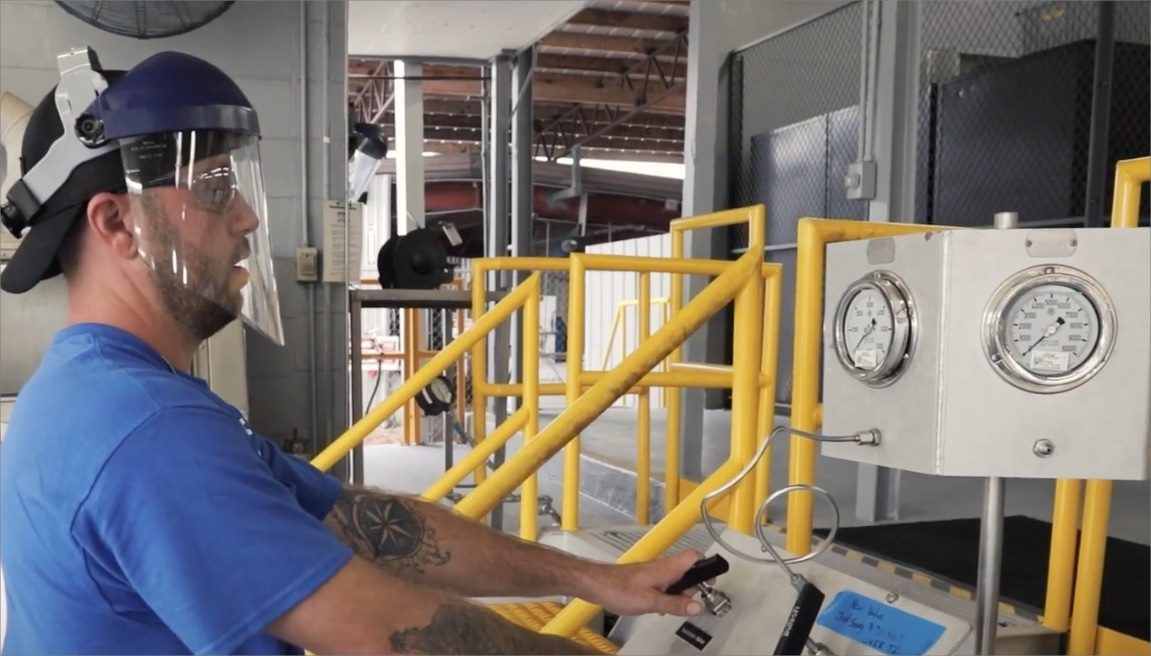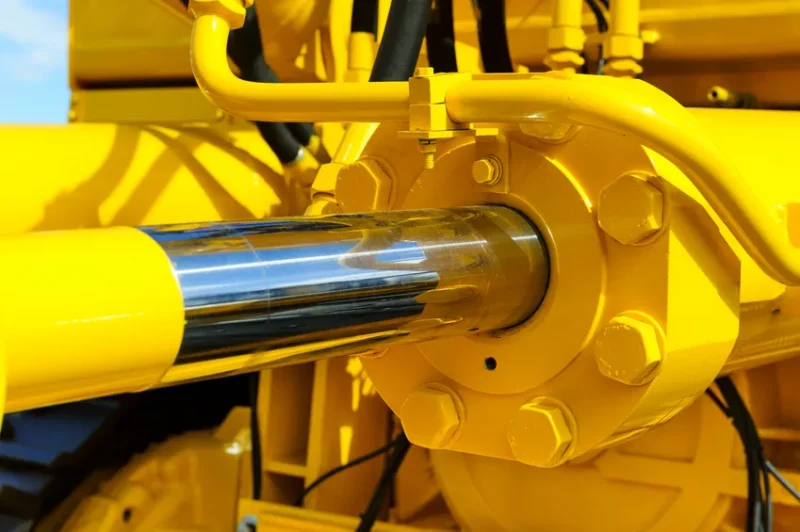Hydro-pneumatic systems are a powerful combination of water and air, two elements that can provide incredible results when used together. By understanding the principles behind these unique systems, we can unlock their potential to power our lives in new and innovative ways.
From industrial applications to residential use, hydro-pneumatic systems offer an array of possibilities for those looking to push the boundaries of engineering excellence. Whether youre just getting started with these technologies or have been using them for years, there’s no denying the synergy between water and air that makes up a hydro-pneumatic system.
This article will explore how these two components work together to create something greater than the sum of its parts.
How Water and Air Work in Tandem
When it comes to understanding the principles of hydro-pneumatic systems, one must consider how water and air interact with each other. Hydro-pneumatic systems use both fluids and gases to create motion or power, which is why the synergy between these two elements is so important.
Water has a natural ability to absorb energy while air provides pressure that can be used in various applications such as supplying water for irrigation or powering turbines. Together, they form an effective system that allows us to achieve greater efficiency than if either element was utilized on its own.
The key components of a hydro-pneumatic system are valves, pumps, and tanks working together in unison. Valves allow for controlled flow while pumps move fluid from one place to another; tanks store energy which is then released when required.
When all these components come together, they allow for optimal control over both water and air pressure levels within the system enabling us to maximize efficiency. Additionally, certain types of hydro-pneumatic systems also rely on filters and controllers allowing users further control over their operations ensuring even more efficient results compared with traditional methods.
In summary, understanding how water and air work in tandem within hydro-pneumatic systems is essential for achieving maximum performance from any given application. By leveraging the synergistic properties of these two elements we can benefit from increased operational effectiveness resulting in greater productivity gains across many industries – making them ideal solutions when looking for reliable sources of motion or power generation options!
The Benefits of Hydro-Pneumatic Systems

Hydro-pneumatic systems have become increasingly popular in the modern world due to their many benefits. First, they are incredibly efficient in terms of energy usage and cost savings.
By utilizing both water and air as a power source, these systems can generate up to 50% more power than traditional methods while using fewer resources. This efficiency makes them perfect for applications ranging from industrial processes to home heating and cooling.
Second, hydro-pneumatic systems are extremely reliable compared to other types of systems. They require minimal maintenance over time since there is no need for frequent repairs or replacements due to wear and tear on components such as pumps or motors.
In addition, these systems tend to be much quieter than conventional alternatives which makes them suitable for residential settings where noise pollution could otherwise be an issue. Thirdly, hydro-pneumatic systems offer excellent scalability options that make it easy for businesses or homeowners to expand their capabilities without having to invest in additional equipment or labor costs associated with larger installations like those required by traditional methods of operation.
Furthermore, thanks to advances made in technology over the last few decades, these solutions have become even more affordable – allowing users access to a variety of features while still keeping costs under control. Finally, hydro-pneumatic system designs usually feature built-in safety mechanisms that protect against potential hazards such as fires or explosions caused by high-pressure buildups within pipes and other closed sections of the system infrastructure – making them an ideal choice when considering environmental protection requirements often mandated by governments around the world today
Common Applications of Hydro-Pneumatic Technology
Hydro-pneumatic technology is a powerful combination of two elements, water and air. Both are essential in many applications that require controlled force or motion.
Examples include lifting heavy objects, filling tanks with fluid, pressurizing pipes for transportation of liquids and gases, and even powering machine tools like jackhammers and drills. The versatility of hydro-pneumatic systems allows them to be used in various industries such as automotive manufacturing, construction activities, aerospace engineering, medical equipment production, and food processing.
In the automotive industry specifically, hydro-pneumatics are applied to control brakes on cars; they provide power assistance when pushing the brake pedal which reduces strain on drivers’ legs while improving braking performance. Additionally, this same system can also be used in production lines where components need to be assembled quickly by applying precisely measured amounts of pressure without damaging sensitive parts.
The aerospace industry heavily relies on hydro-pneumatics for aircraft’s landing gear doors operation; these specialized systems allow doors to open smoothly at low speeds during takeoff/landings but remain closed during high-speed flight operations for improved aerodynamics and fuel efficiency. Furthermore, they are often employed in shipbuilding activities since their superior power capability makes them an ideal choice when handling large objects underwater such as pipelines or oil rigs.
Finally, one other major application of this technology involves medical device production; thanks to its ability to produce reliable force measurements it is very useful for assembling delicate components into machines like MRI scanners or surgical robots with accuracy levels previously unachievable through manual labor alone. Careful implementation is required so as not to overstress any part of the machinery while still achieving optimal results from each assembly process – something only achievable through a proper understanding of hydro-pneumatic design principles alongside adequate experience!
Challenges with Implementing Hydro-Pneumatic Solutions

One of the main challenges that come with implementing hydro-pneumatic solutions is understanding how to combine water and air effectively. System designs must take into account the limitations imposed by each medium, such as pressure levels, corrosion protection measures, and safety requirements.
Hydraulics can be used to transfer energy from one location to another in an efficient manner while pneumatics use compressed air for a variety of applications. However, integrating both systems requires careful consideration and knowledge of their respective strengths and weaknesses.
In addition to this challenge of integration between two different media, it is also necessary to ensure adequate flow control within a system. This means selecting appropriate valves and other components that will allow for precise control over the fluid velocity or pressure within the system at any given time.
Installation considerations must also be taken into account when designing a hydro-pneumatic solution; incorrect installation may lead to leakage or malfunctioning parts which can result in costly repairs down the line. Finally, maintenance is an important factor when considering hydro-pneumatic solutions; regular inspections are necessary to maintain optimal performance levels over time and prevent unexpected breakdowns due to wear or corrosion issues arising from exposure to harsh environmental conditions.
All these factors need careful assessment before proceeding with implementation so that any potential problems can be identified early on – ensuring smooth operation for years down the line!
Conclusion
Hydro-pneumatic systems offer a unique combination of water and air to provide an efficient and effective solution for many applications. By understanding the principles of these systems, one can better understand how they work together to create synergy between the two elements.
Hydro pneumatic fender is just one example of this synergy in action as they use a combination of pressurized air and water to protect ports from impact damage. This article has provided insight into hydro-pneumatic systems, highlighting their potential benefits across various industries and applications.
With its ability to combine forces for greater efficiency, hydro-pneumatics is sure to remain an important part of our industrial landscape well into the future.


